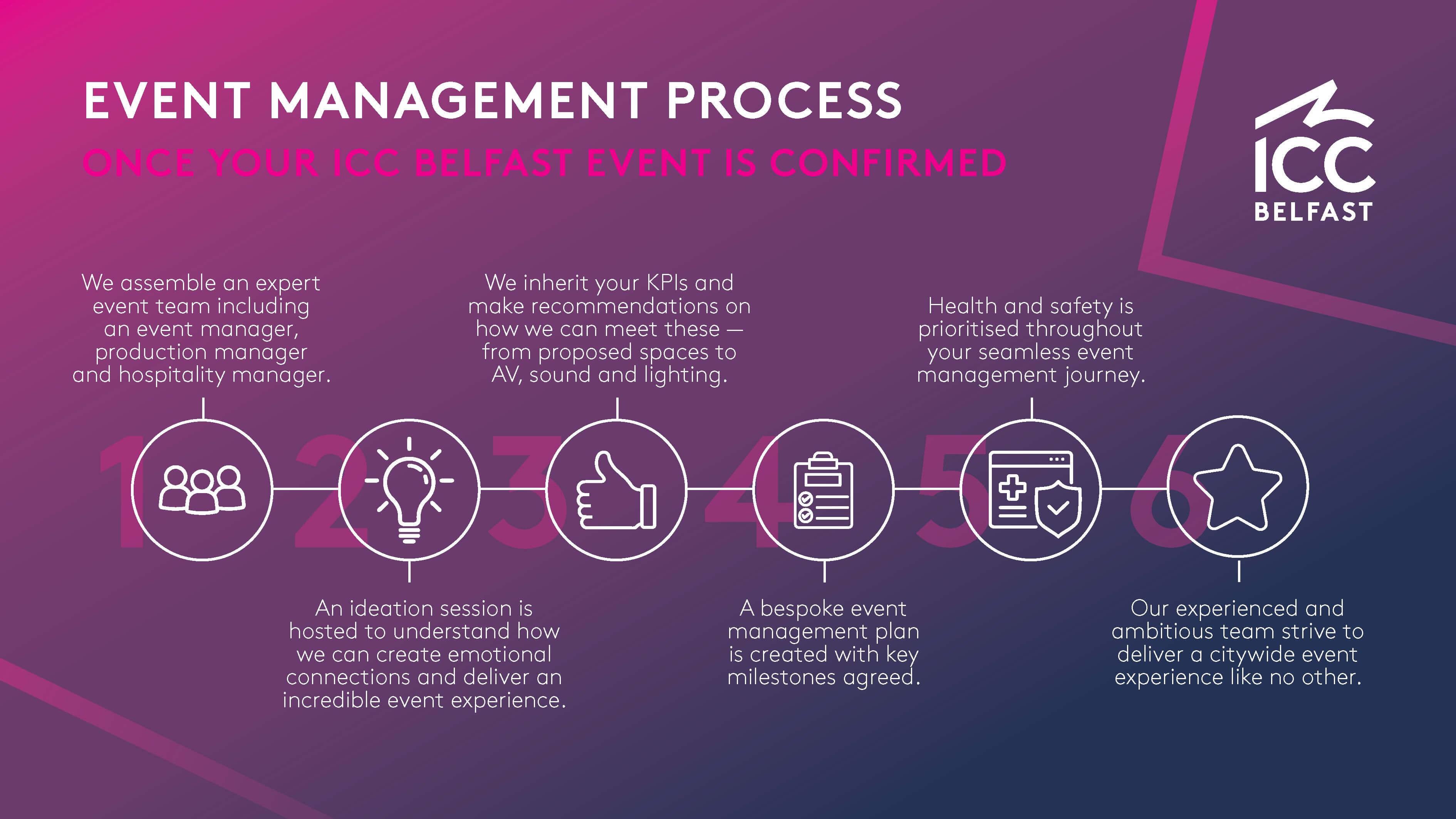Video mapping projection is an exciting creative form that merges tech and innovation to transform ordinary surfaces into remarkable visual exhibits. This technique entails projecting graphics and videos onto 3D elements, such as structures, artworks, or stages. One of the key crucial factors in producing effective projection in the use of effective illumination techniques. Proper illumination improves the visual components of the projection and guarantees that the visuals are clear and captivating. This article examines the impact of illumination techniques on video projection and how they can enhance the complete experience.
Lighting plays a vital part in video projection because it sets the atmosphere and feel of the exhibit. Different illumination techniques can elicit various emotions and reactions from the audience. For example, using gentle, cozy lights can create a welcoming atmosphere, while bright, cold illumination may create a more energetic or intense impact. By carefully selecting illumination hues and intensities, creators can manipulate how viewers perceive the projected visuals, leading to a more engaging encounter. The balance between projection brightness and surrounding illumination is essential, as it can greatly impact the visibility and impact of the visuals.
In addition to, color and brightness, the angle of illumination also affects the efficacy of mapping. Lighting from different directions can generate shadows and highlights that add depth to the projected images. This technique, known as light and shadow, can improve the 3D quality of the subjects being projected. Additionally, using dynamic lights can add dynamism to the display, making the experience more involving for the viewers. When the light interacts with the mapped images, it can produce an effect of motion and change, grabbing the audience's focus.
Another important aspect of lighting in projection in the use of special effects. theory behind projection mapping Techniques such as gobo lighting, which employs patterns and shapes to filter light, can introduce depth and complexity to the mapping. This approach enables creators to superimpose visuals and produce aesthetically captivating results that complement the projection. Additionally, adding lasers or light-emitting diode lights can additionally improve the display, providing a distinct blend of visual elements that draw the audience in. These special features, when used thoughtfully, can elevate the projection beyond a simple show to an engaging piece of creativity.
In conclusion, the impact of lighting techniques on video projection is profound. By understanding how different lighting elements interact with projected images, artists can produce enthralling encounters that connect with audience. The thoughtful choosing of hue, brightness, angle, and special effects allows for a vivid canvas of sight narrative. As tech advances to evolve, the possibilities for creative expression website here in mapping will only expand, making illumination an increasingly vital aspect in this progressive creative medium.

Comments on “Highlighting the Influence of Illumination Techniques on the Art of Video Projections Mapping”